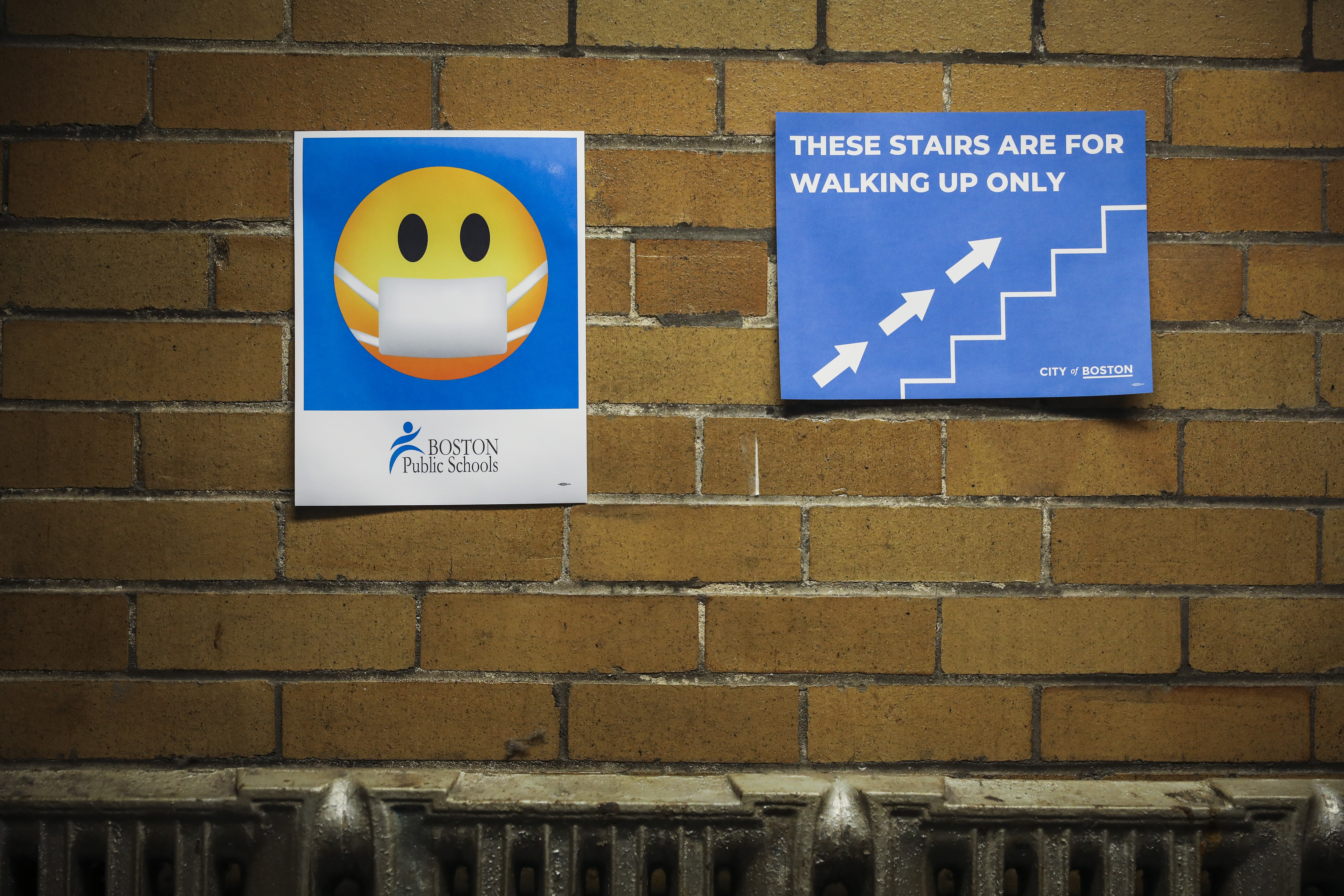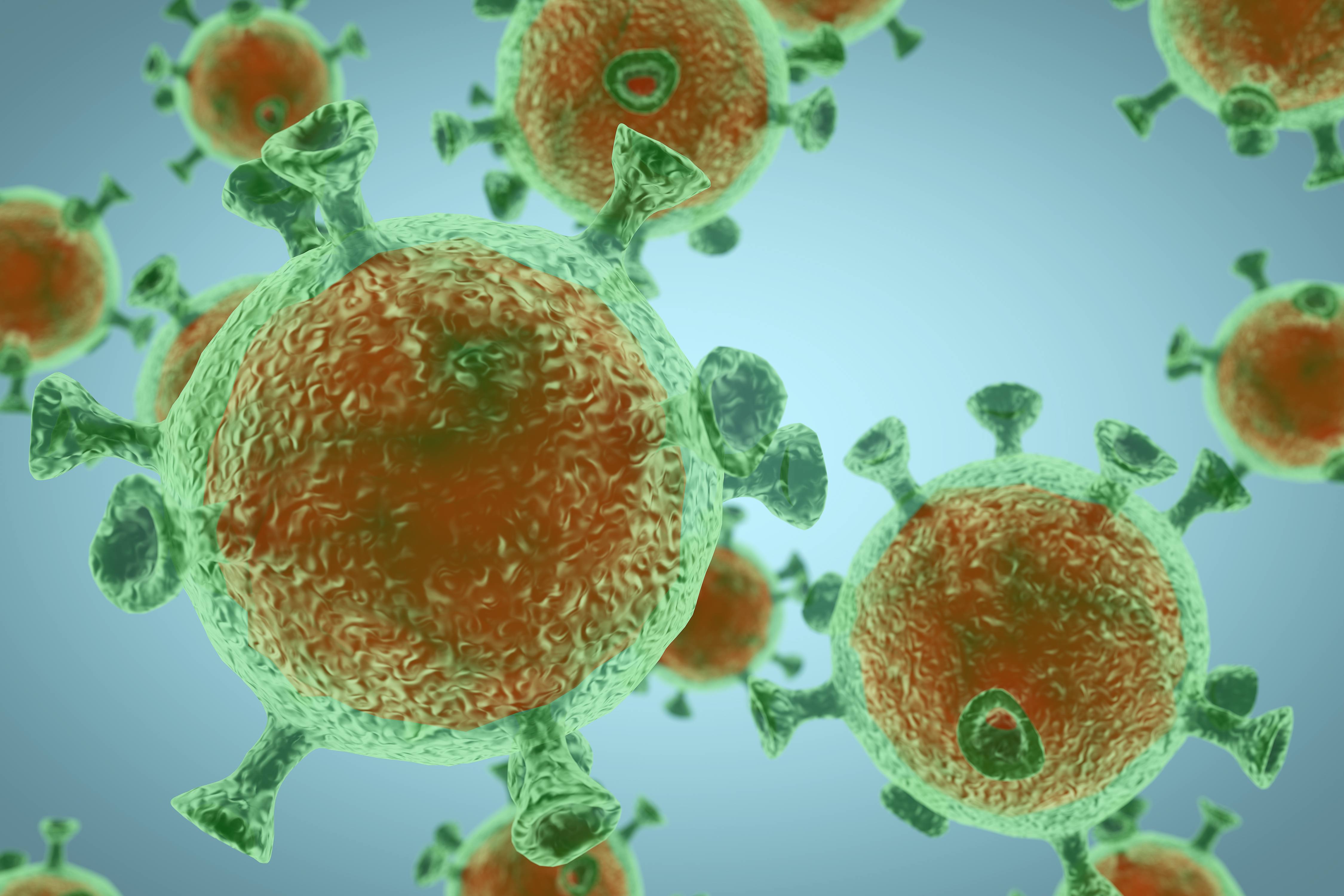Massachusetts COVID-19 wastewater levels have reached heights not seen since last winter's omicron surge in what Boston doctors are calling a "dramatic" and "striking" increase.
Virus levels started rising at the end of November and have now reached their highest point in about a year, data from the Massachusetts Water Resource Authority shows. Cases and hospitalizations have also been rising, according to the Massachusetts Department of Public Health's COVID-19 dashboard, but that increase doesn't appear nearly as dramatic.
WATCH ANYTIME FOR FREE
Stream NBC10 Boston news for free, 24/7, wherever you are. |
Tufts Medical Center's Dr. Shira Doron, Brigham and Women's Hospital's Dr. Daniel Kuritzkes and Boston Medical Center's Dr. David Hamer explained this data disparity, as well as the factors contributing to the biggest COVID spike Massachusetts has seen in a year during the latest episode of NBC10 Boston's weekly "COVID Q&A" series.
XBB.1.5 Variant
Get updates on what's happening in Boston to your inbox. Sign up for our News Headlines newsletter.
The new omicron subvariant XBB could very well be contributing to the spike, experts say. The immune-evading variant has rapidly taken over as the dominant strain locally in recent weeks, which lines up with rising COVID-19 levels.
"I never like when I see anything make a dramatic jump like we have seen with XBB," Doron said. "This ascent is sharp and striking."
XBB accounted for only 11% of COVID cases across New England three weeks ago. Now it makes up more than 70% of the region's cases. That's far higher than nearly 30% of cases that XBB accounts for across the entire U.S., according to the latest data from the U.S. Centers for Disease Control and Prevention.
"It does remind me of a year ago when omicron came in over a two-to-four week period and displaced everything," Hamer said. "This is sort of going that direction, but I think we need more data. Over the next two-to-four weeks we'll see what happens."
There have been some questions circulating within the scientific community around potential bias in the way the CDC collects genomic sequencing data, Doron noted, "and that perhaps, you know, this is an overestimate."
"Be that as it may, this is what the virus is going to do. It's going to keep splitting off into subvariants," she said.
It does remind me of a year ago when omicron came in over a two-to-four week period and displaced everything.
Dr. David Hamer, Boston Medical Center
There's also the possibility that different variants could be associated with varying viral loads, Doron said, which would explain in part why the wastewater data shows a more dramatic increase when compared with case counts.
"One of the reasons that a subvariant might take off is higher infectiousness due to being associated with a higher viral load. And if that's the case, then a rise in the amount of virus in the wastewater could sometimes not be directly correlated with any number of cases," she said. "We aren't seeing an increase that looks like the wastewater data in the state dashboard for cases. And again, we know that state dashboard cases are just a very, very tiny proportion of the true infections."
Both Doron and Hamer emphasized the limitations of state data with the introduction of home testing kits.
More COVID news
Holiday Parties
It's also certainly possible that holiday parties are contributing to rising COVID levels, the doctors said, though to what degree remains a major question.
Both Doron and Kuritzkes noted that the rise in COVID-19 wastewater levels began in late November, which would have been before most of the major holidays.
Hamer, however, was a bit more convinced of the impact gatherings may be having.
"There's more transmission happening in the community," he said. "And it's probably a fairly direct result of family gatherings, gatherings of friends, more social activities, and the fatigue that set in with taking precautions like mask use."
On top of going out more and masking up less, experts pointed to the lack of booster shots being administered when compared with the initial two-dose series. Out of more than 5.5 million fully-vaccinated Massachusetts residents, 3.45 million received their first booster and just 1.5 million received a second booster shot, state vaccination data shows.
"It's clear that the wastewater data show a dramatic uptick," Kuritzkes said. "What is contributing to this, though, is likely to be multifactorial. Undoubtedly, the ongoing evolution of the virus and the emergence of novel variants including XBB is a contributing factor, as are the recent gatherings, but it could also be a manifestation of the fact that, for many people who have not been boosted in a long time, that they are seeing the waning of some immunity."
Get updates on what's happening in Boston to your inbox. Sign up for our News Headlines newsletter.



